Pollination Powerhouses: How Bees Shape Our Ecosystem
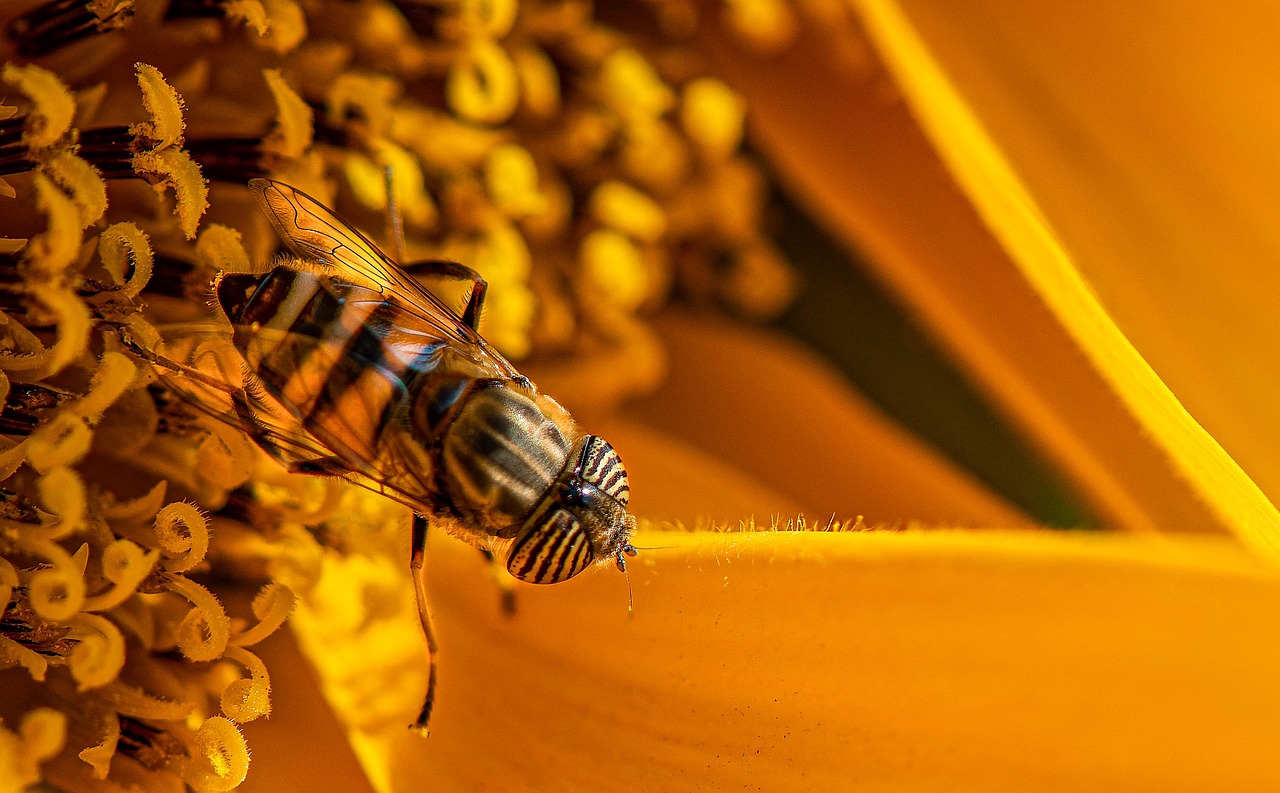
Hey there, nature enthusiasts! Have you ever stopped to think about the tiny creatures that play a massive role in our everyday lives? Bees, those buzzing marvels of nature, are not just about honey; they are the unsung heroes of our ecosystem, wielding incredible power through pollination. Let’s dive into the fascinating world of bees and discover how they shape our environment in ways we might not even realize.
The Buzz About Bees
Bees are more than just insects; they are creatures with a purpose. These small beings, ranging from the honeybee to the hardworking bumblebee, play a role in pollination. What does pollination mean? It’s nature’s method of guaranteeing plants reproduce, enabling them to produce fruits and seeds. Bees, with their bodies and dedicated work habits, serve as the pollinators of blooming plants, making them vital for the existence of numerous species.
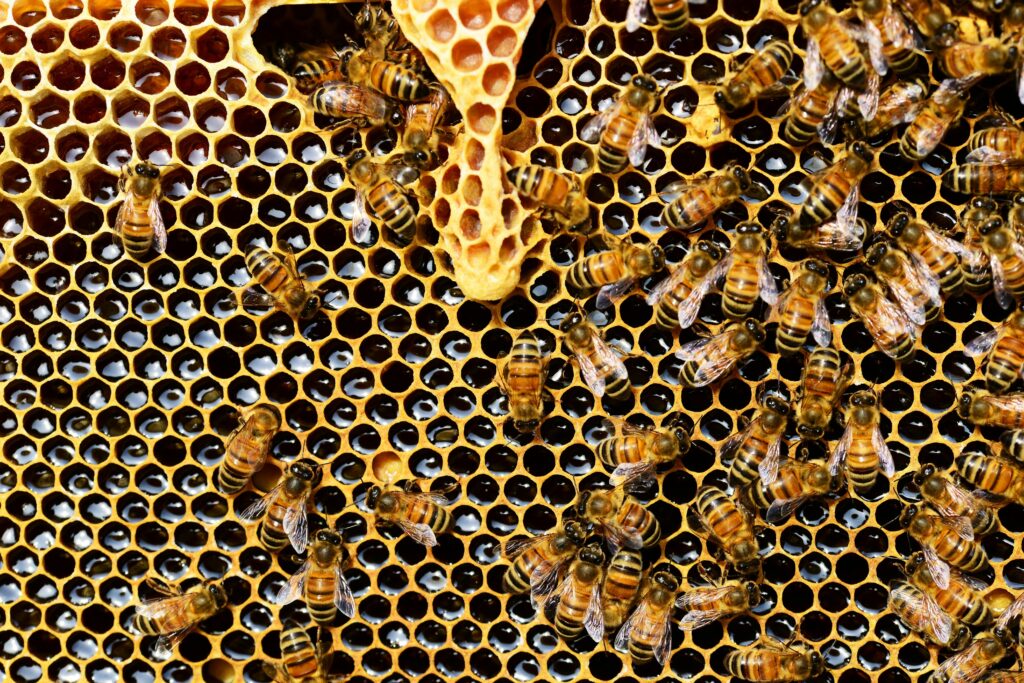
There are more than 20,000 bee species, each fulfilling a distinct function in the larger pollination process. While honeybees are famous for their honey-makinghoney-making abilities and organized hives,, other bee varieties, like bumblebees, solitary bees, and stingless bees,, also play roles in pollination. Different types of bees have evolved to match plant species, promoting a flourishing ecosystem.
A Closer Look at Bee Magic
Ever wonder how bees work their magic? Their daily habits play a role. For example, bees move from one flower to another to collect nectar and pollen, unknowingly helping to transfer pollen grains, aiding plants in fertilization and seed production. This process not only sustains plant life but also provides us with a bounty of fruits, vegetables, and nuts. Without bees, our plates would look a lot emptier and our environment less vibrant.

Bees have evolved unique adaptations that make them exceptional pollinators. Their fuzzy bodies are covered in branched hairs that easily pick up pollen grains, which they then transfer to other flowers. Bees often have pollen baskets on their back legs, which help them transport plenty of pollen to their hives. They use a long tongue-like structure called a proboscis to access nectar within flowers, aiding in the pollination process.
The timing and efficiency of bees’ pollination efforts are truly remarkable. Bees have an innate ability to sense when a plant is ready for pollination, visiting flowers at the optimal time for pollen transfer. Their rapid movements and high energy levels allow them to visit thousands of flowers in a single day, making them the workhorses of the pollination world.
The Queen and Her Court
Within a beehive, a bustling community thrives. Led by the queen bee, worker bees dutifully tend to the hive while drones play their part in reproduction. Each bee has a specific role, from nursing larvae to guarding the hive. Their intricate social structure and communication methods, such as the famous waggle dance, showcase the intelligence and teamwork that make bees such efficient pollinators.

In a beehive, the queen bee plays a role by laying eggs and looking after the colony’s population. The worker bees, who are all female, are crucial for the hive’s operations as they handle tasks like cleaning, building honeycombs and gathering nectar and pollen. On the other hand, drones, which are bees, have a specific role of mating with the queen bee. This clear division of labour among the bees and their ability to communicate using pheromones and dances ensures that the hive runs smoothly and the colony thrives.
Bees’ communication methods are truly fascinating. The waggle dance, performed by forager bees upon returning to the hive, conveys information about the location and quality of a food source. By observing the angle of the waggle portion of the dance and the duration of the dance, other bees can determine the direction and distance of the food source. This remarkable ability allows bees to efficiently exploit resources and share valuable information with their nestmates.
Bee Products: Nature’s Treasures
Beyond pollination, bees gift us with a treasure trove of products. Honey, that golden elixir of sweetness, is not just a delicious treat but also boasts medicinal properties. Beeswax finds its way into candles, cosmetics, and even art, showcasing the versatility of bee creations. Propolis and royal jelly, lesser-known bee products, offer a range of health benefits, highlighting the richness of nature’s offerings.
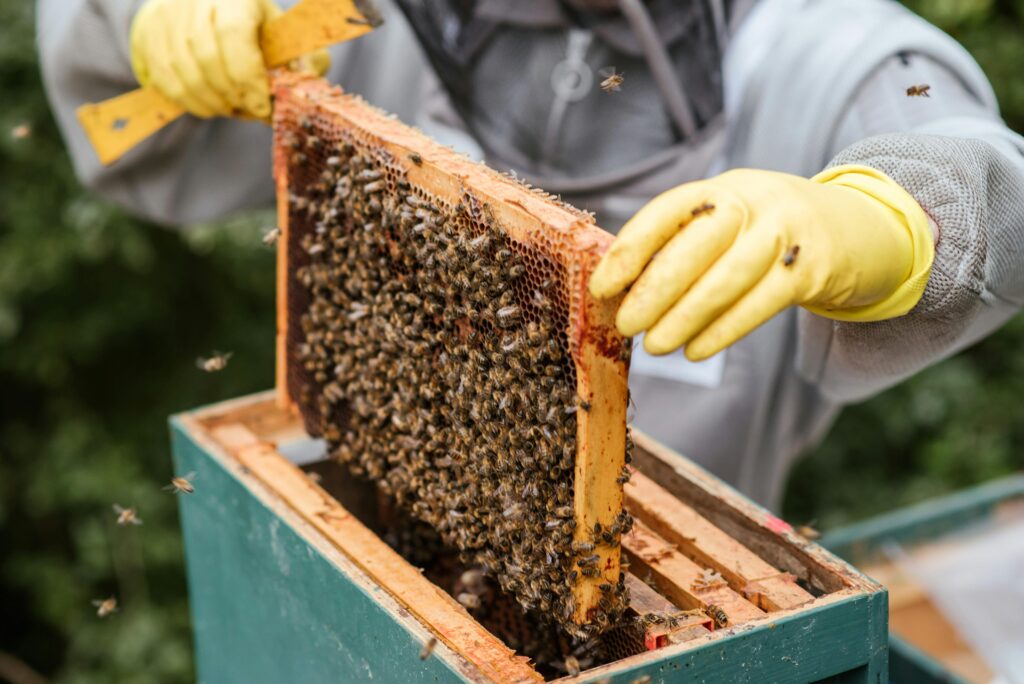
Honey is a bee product made from a blend of nectar enzymes and pollen. Bees create honey for their hives’ sustenance, while humans have always cherished its taste and health perks. Packed with antioxidants, vitamins, and minerals, honey serves as a solution for health issues. Throughout history, it has been applied to heal injuries, ease throat discomfort, and enhance functions.

Beeswax, another valuable bee product, is used to construct the honeycomb structure within the hive. This versatile material is used in a wide range of products, from candles and cosmetics to furniture polish and waterproofing. Beeswax is prized for its natural properties, such as its ability to hold a scent and its water-resistant qualities.
Bees gather propolis, a substance, from tree buds and bark to seal cracks and safeguard their hive from visitors. This natural material is known for its inflammatory and antioxidant qualities, which have made it a sought-after ingredient in many health products. Additionally, royal jelly, a secretion created by worker bees to nourish the queen bee, is thought to offer health advantages such as enhancing the immune system and promoting skin wellness.
The Buzzing Threats
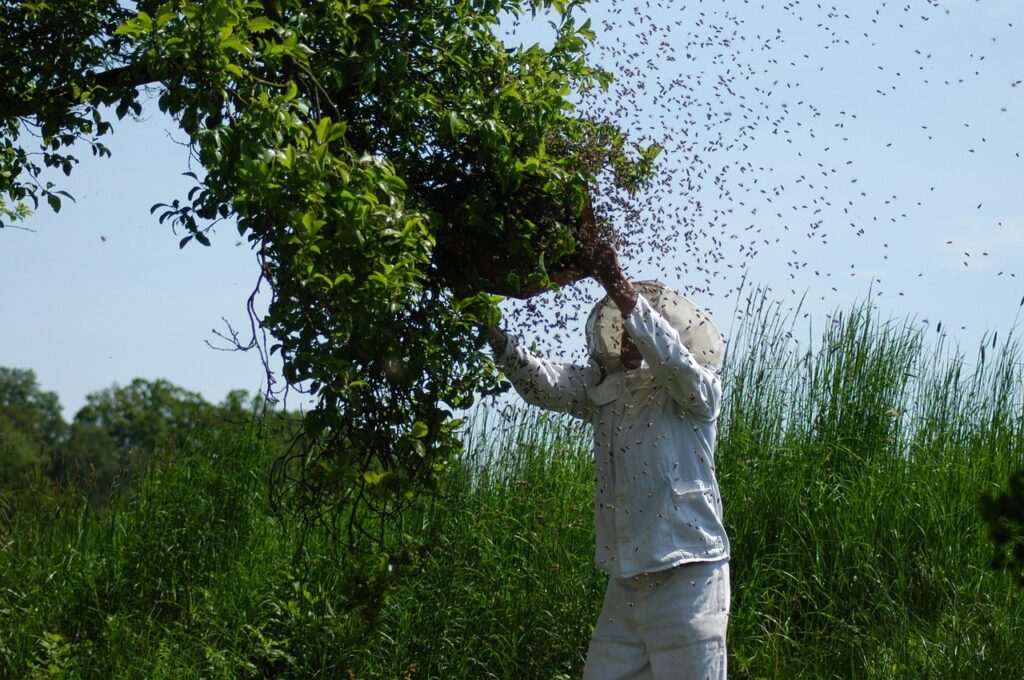
Despite their significance, bees encounter challenges worldwide. Bee populations around the globe are threatened by factors such as habitat destruction, pesticide exposure, and the effects of climate change. The absence of bees poses a threat to the harmony of our ecosystem, affecting both food production and biodiversity. It is essential that we act promptly to safeguard these pollinators before it becomes too late.
Bee the Change: How You Can Help
To help our bee pals we can take steps, like planting flowers that are good for bees cutting down on pesticides and backing local beekeepers. By spreading the word about bee protection and promoting eco methods we can secure an environment, for future generations.
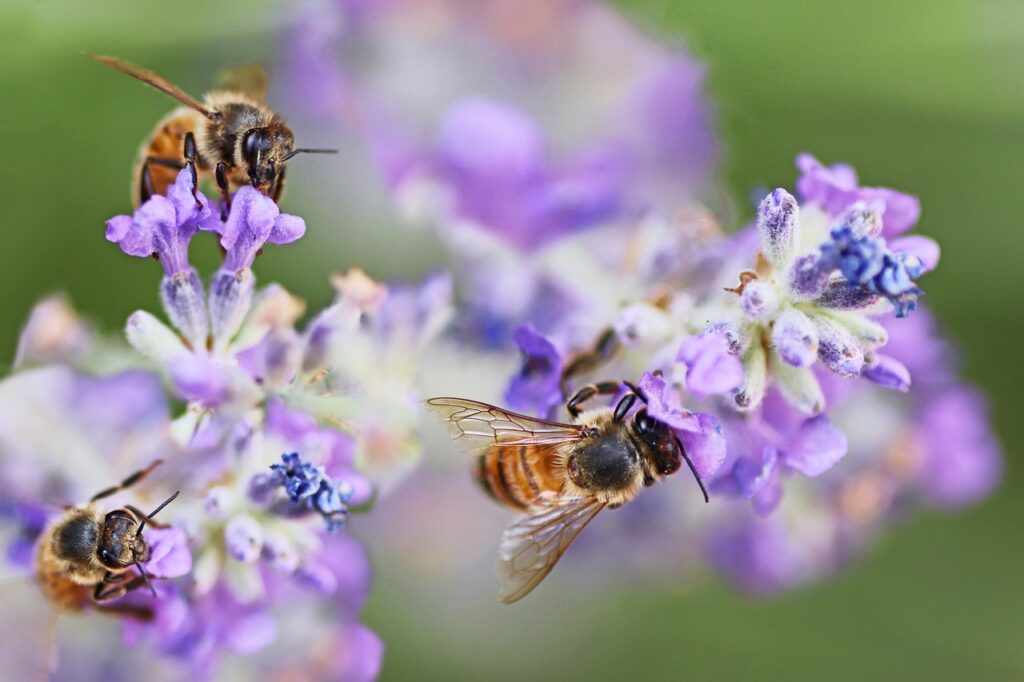
Growing a variety of flowers that attract bees, in your garden or on your balcony can offer nourishment and refuge for these pollinators. It’s especially helpful to choose plants that bloom at times throughout the year to guarantee a consistent source of nectar and pollen. Additionally minimizing the use of pesticides and selecting natural options can play a role, in safeguarding bees and other pollinating species.
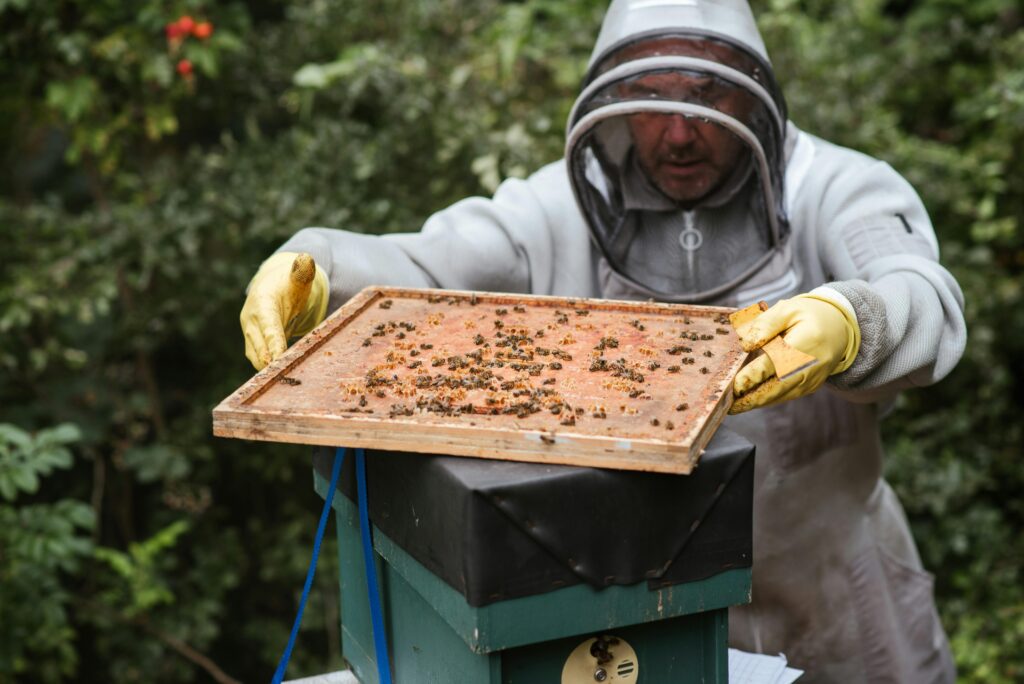
Buying honey and bee products directly from beekeepers can support small scale apiaries. Encourage sustainable beekeeping methods. Getting involved in community science initiatives, like monitoring bees can also enhance our knowledge of bee populations and their conservation requirements.
Conclusion: Embracing the Buzz
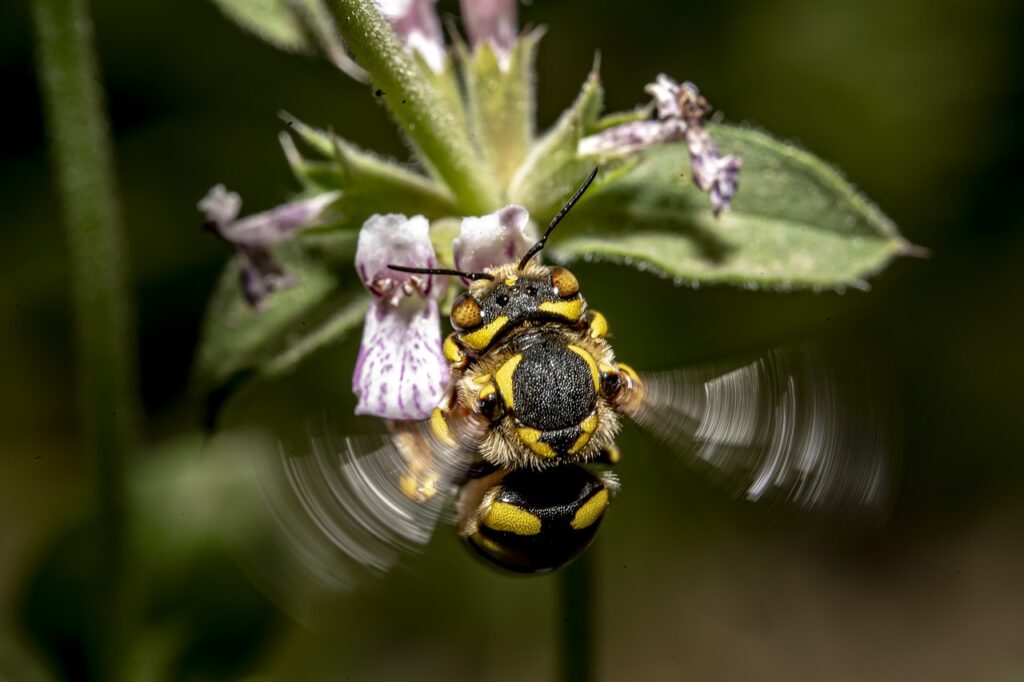
As we wrap up our journey into the world of bees, let’s remember the incredible impact these tiny creatures have on our lives. From pollination to honey production, bees are true marvels of nature. By appreciating and protecting these pollination powerhouses, we not only safeguard our environment but also ensure a sweeter, more vibrant world for all living beings. So, let’s join hands and bee the change our planet needs!
Let’s keep the buzz alive and thriving! 🐝🌼




We have been watching a colony of honey bees established a hive in our oak tree behind our house. We feel greatful that our tree was selected by the colony. It looks as though there are 4 or 5 honeycombs throughout the hive. Does anyone have any suggestions or advice for us? We do not have any plans to be involved with them but we’re open to ideas for being good hosts.